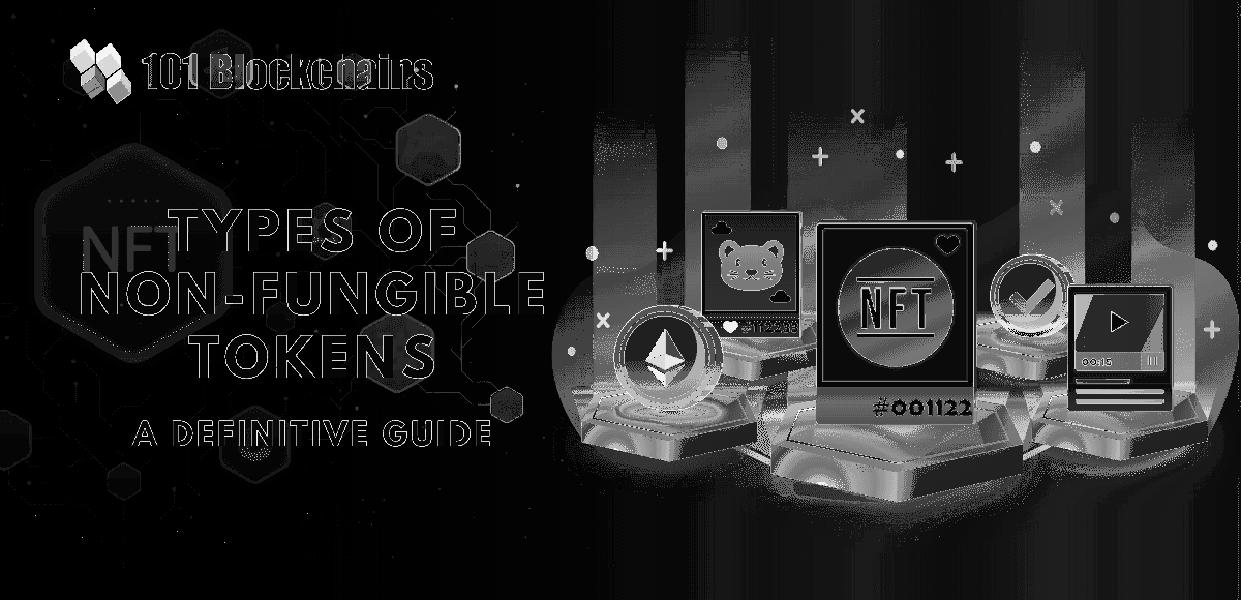How do NFTs impact the traditional art market?
NFTs have a significant impact on the traditional art market. They offer artists a new avenue to showcase and sell their work directly to a global audience, bypassing traditional galleries and intermediaries. This allows artists to retain more control over their work and potentially earn higher profits. Additionally, NFTs provide a level of transparency and provenance that is often lacking in the traditional art market. Buyers can easily verify the authenticity and ownership of the artwork through the blockchain, eliminating concerns about counterfeit or stolen works. However, the rise of NFTs has also raised questions about the value and exclusivity of physical art. Some argue that the digital nature of NFTs devalues traditional art forms, while others believe that NFTs and physical art can coexist and complement each other in the market.
What are the potential risks and challenges associated with investing in NFTs?
Investing in NFTs comes with its own set of risks and challenges. One major risk is the volatility of the NFT market. Just like any investment, the value of NFTs can fluctuate dramatically, and there is no certainty of returns. Investors need to carefully research and evaluate the potential of the NFT they are interested in, considering factors such as the artist’s reputation, scarcity of the NFT, and the demand in the market. Another challenge is the potential for fraud and scams. The decentralized and unregulated nature of the NFT market makes it susceptible to fraudulent activities, such as selling counterfeit or plagiarized artworks. Investors need to be cautious and verify the authenticity of the NFT and the reputation of the seller before making any purchases. Additionally, the energy consumption associated with creating and maintaining NFTs is a concern for environmentally conscious investors. The high energy consumption of blockchain networks, particularly those using proof-of-work consensus, has raised questions about the sustainability of NFTs. Investors should consider the environmental impact and explore greener alternatives, such as NFTs built on energy-efficient blockchains.
What are the future developments and innovations expected in the NFT space?
The future developments and innovations expected in the NFT space are promising. One area of development is the exploration of interoperability between different NFT platforms. Currently, NFTs are created and traded on specific platforms, limiting their transferability and liquidity. The development of cross-platform standards and protocols would enable seamless transfer and interaction between different NFT ecosystems, enhancing the overall usability and value of NFTs. Another development to watch for is the integration of augmented reality (AR) and virtual reality (VR) technologies with NFTs. This would allow users to experience and interact with NFTs in immersive and interactive virtual environments, opening up new possibilities for artists and collectors. The integration of smart contracts and programmable features into NFTs is also an area of innovation. Smart contracts can enable dynamic value sharing and royalty mechanisms, ensuring artists receive ongoing compensation for the appreciation of their work. Overall, the future of NFTs promises increased accessibility, technological advancements, and opportunities for artists, creators, and investors to further explore and benefit from this digital revolution.
Full summary
NFTs, or non-fungible tokens, have taken the digital world by storm in recent years. These unique digital assets have gained massive popularity and are revolutionizing the way we perceive ownership and value in the digital space.
There are various types of NFTs, each with its own unique characteristics and applications. From original artworks and collectibles to event tickets and even real-world assets, NFTs have opened up a whole new realm of possibilities for artists, creators, and enthusiasts alike.
The global market for NFTs reached a staggering value of US$41 billion last year, highlighting the rapid growth and potential of this emerging market. NFTs are more than just lines of code; they represent ownership of a digital asset, whether it's a piece of art, a video, or a piece of music.
Major players in the art world, such as Sotheby's, have also recognized the immense value and potential of NFTs. Sotheby's launched its own NFT marketplace, Sotheby's Metaverse, catering to high-end NFT art and attracting a new wave of young and enthusiastic bidders.
Photographer Ali Ghorbani is one such artist who has embraced NFTs to tell stories and engage with a community. Through NFTs, Ghorbani has found a new medium to showcase his photography and connect with a global audience.
Investing in NFTs can be a lucrative opportunity but requires careful research and understanding of the underlying asset. It's important to note that owning an NFT does not necessarily grant ownership of the actual artwork or asset; it signifies digital ownership.
Advantages of owning NFTs include easy accessibility, enhanced security through blockchain technology, and the opportunity to learn more about the underlying technology. However, there are also disadvantages to consider, such as the potential for fraud, the energy-intensive process of creating NFTs, and the requirement of owning Ether tokens.
Despite these challenges, NFTs offer accessibility to anyone interested in investing, and ownership is secured through blockchain technology. This presents a unique opportunity for individuals to delve into the world of blockchain technology and gain a deeper understanding of its potential applications.
NFTs are not without their critics, as some argue that they are not a true asset class and may contribute to environmental issues due to their energy consumption. However, there are efforts being made to address these concerns, such as the transition from the energy-intensive proof-of-work mechanism to a more sustainable proof-of-stake mechanism.
The future of NFTs holds exciting prospects, with the emergence of greener blockchains and increased awareness of environmental sustainability. As artists, creators, and investors continue to explore the possibilities of NFTs, it is essential to consider the impact and potential of this rapidly evolving market.
In conclusion, NFTs have revolutionized the digital space by enabling the tokenization of unique digital assets. Whether it's art, music, or collectibles, NFTs offer a new way to authenticate, buy, sell, and appreciate digital creations. As the market continues to grow and evolve, so does the potential for artists, creators, and investors to explore this captivating and dynamic world of non-fungible tokens.










